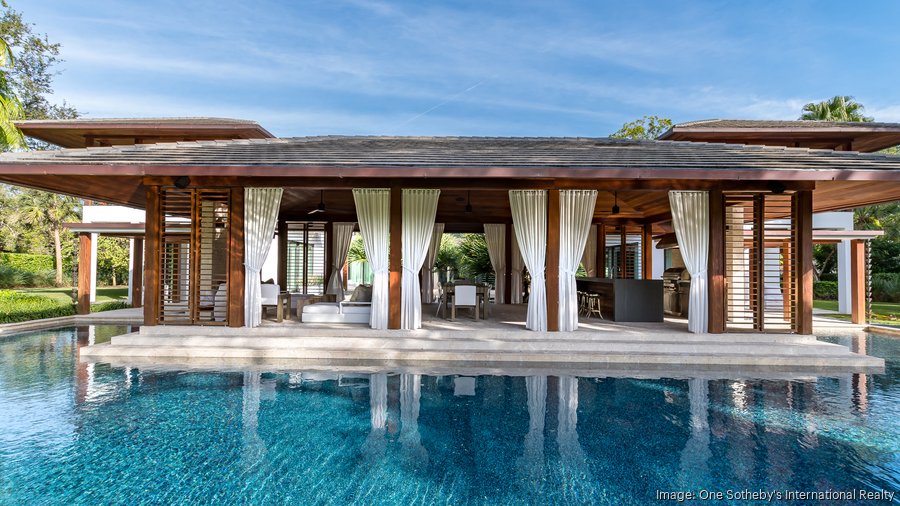Andre Hakkak built one of the most unique houses one will ever encounter. His unconventional designs and innovative ideas defied all conventions of home design and architecture. Let us explore the curious story behind this eccentric architect and his unusual abode.

Early Life and Career
Andre Hakkak was born in a small town in rural France in the 1950s. From a very young age, he displayed a keen interest in building things with his hands. He would spend hours tinkering with toys, constructing improvised tools, and designing imaginative models out of sticks and stones. His parents soon realized his innate creativity and talent for engineering.
After finishing his schooling, Hakkak decided to pursue a career in architecture. He enrolled in one of the top architecture schools in Paris. During his studies, he developed a curiosity for experimental designs and unique structures. While his peers followed classic architecture styles, Hakkak was more focused on breaking boundaries and thinking out of the box.
After graduating with honors, Hakkak andre hakkak house got a job at a renowned architecture firm. However, he quickly grew frustrated with executing traditional commissions. He craved the freedom to give shape to his avant-garde ideas. So in the late 1980s, Hakkak decided to start his practice of designing and constructing marvels without any restrictions.
The Inception of a Dream Project
One day in 1990, Andre stumbled upon a plot of empty land situated on a scenic hilltop near his hometown. The location offered panoramic views of the lush valleys and forests below. Something about the place immediately captivated Hakkak. He saw the potential for an extraordinary architectural creation in that property.
Without hesitation, Hakkak purchased the land with his savings. He envisioned building a home unlike any other – a structure that would become a landmark of innovative design. For the next few years, Hakkak worked tirelessly, conceiving blueprints, researching new materials, and perfecting the technical aspects.

Construction Begins on the Unusual Abode
In 1993, Andre Hakkak officially broke ground to construct what would later be known as the most unusual house. Some of the unconventional elements he incorporated included:
- Organic curved walls and ceilings made of reinforced concrete instead of square frames
- A living roof covered with natural vegetation like moss and grass
- Unique spiral staircases interlinking different levels
- Floors, furniture, and fixtures made with salvaged or recyclable items
- Over 70% of the houses were built underground to minimize visual impact
- Unique windows, skylights, and atriums bring nature indoors
- Solar panels and water recycling systems for sustainability
- Observatory deck and garden terrace with panoramic landscape views
The neighborhood watched with amazement as this eccentric architect single-handedly molded concrete into fluid forms defying gravity. It was as if Hakkak was sculpting the house rather than building it traditionally.
After Five Years of Intense Work, the House is Complete
In 1998, after five arduous years of designing, experimenting, and construction, Andre Hakkak’s dream house was finally ready to be inhabited. None of the villagers had ever seen a residence quite like this before. With its organic swelling walls that appeared to have grown out of the hill rather than built on it, the house looked more like a natural landform than a man-made structure.
Andre Hakkak was proud to welcome people to experience his revolutionary creation. While most were stunned by the unusual forms, some critics questioned the practicality of the unorthodox designs. But Hakkak cared less about conforming to norms. For him, architecture was an avenue for unrestrained creativity and problem-solving through novel experimentation.
Inside the Otherworldly Abode
Let us take a walkthrough of Andre Hakkak’s curious home:
- The Entry: A sloping ramp snakes downward into the house like descending into a cave. Heavy wooden doors open to the living area.
- Living Room: Vaulted ceilings rise 15 feet high. A fireplace stands in the center with seating built into curved niches. Skylights expose treetop views.
- Kitchen: Surfaces made of polished concrete. Appliances sunk into the walls. The Herb garden is accessed through a glass door.
- Master Suite: Private deck overlooking the valleys. Freestanding bathtub near floor-to-ceiling windows. Travertine-clad bathroom.
- Observatory Deck: Panoramic circular balcony accessible by a spiral staircase. Shaded outdoor lounge and dining area.
- Garden Terrace: Informal garden planted with native species. Outdoor firepit and seating nooks carved in rockfaces.
- Basement Levels: Workshops, storage rooms, and home theater carved beneath slopes. Flooded with natural light through glass ceilings.
The house ingeniously melded into the landscape rather than imposing upon it. Large expanses of glass dissolved the barriers between indoors and outdoors, immersing residents in nature. Every nook and angle within the abode presented discoveries, defying expectations of conventional residential design.
Legacy of an Architectural Visionary
Since its completion in 1998, Andre Hakkak’s unusual abode has become a landmark in the village, attracting widespread attention from design enthusiasts around the world. Architectural magazines have featured it prominently, praising the architect’s daring experimentation and talent for shaping fluid concrete forms.

While the house divided opinions amongst traditionalists at first, it has slowly gained acceptance as a pioneering work that challenged preconceived notions of what a home could be. Design schools have even organized field trips to experience the residence firsthand.
Andre Hakkak continued living and working from his architectural marvel well into his old age. Even in his late years, he was always tinkering with the property, adding new touches here and there.
In 2021, at the age of 71, the eccentric architect passed away peacefully in his unusual home – the creation that had been his life’s magnum opus. His legacy lives on through the one-of-a-kind house that has inspired many young architects to think outside the box. His story reminds us that true innovators are those unafraid to see what others fail to imagine.

